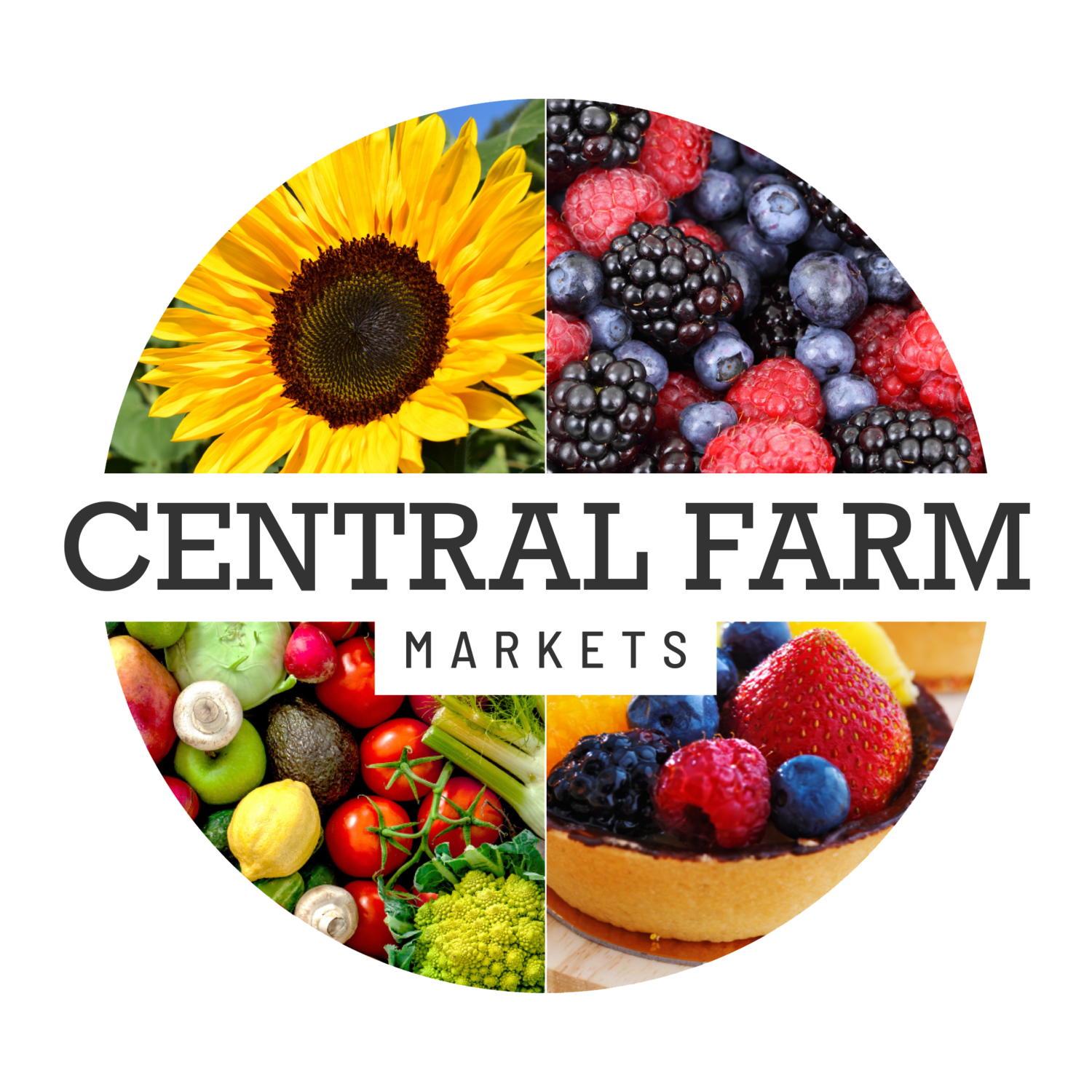Cider Season
Yeah, yeah, yeah…I know, it’s decorative gourd season {insert Samuel L. Jackson} as per the vintage McSweeney’s essay the internet revisits this time every year. With the first frost’s arrival this weekend, pumpkin spiced everything is here. Someone last weekend had the audacity to ask, “Is this all there is?” when looking for their porch decorations. Seriously? If you want to go scorched earth on the big orange fruit—yes, it’s a fruit—your best bet would be to take a day trip to one of your favorite farm stores who don’t have the lug cumbersome gourds and squash to the market and back. Think about it. Those things are heavy and take up a lot of room on the market truck. Do you think your farmer is going to load up a dozen or more varieties for your decorative delights? That big gap-toothed jack-o-lantern you’ve been carving for years is edible. We’re in the business of feeding people and providing a seasonal libation.
Cider.
Years ago I had the pleasure of listening to the grand dame of orchards, Mary Toigo, wax for hours about the art of great cider. The world lost her earthly soul this year, and I struggle to remember our conversation about the specifications on apple varieties, temperatures, and pressing processes as I am not an orchardist.
But as my father, a child of Adams County once said, applesauce runs through our veins. I love this time of year when the pomes come ripe and their fresh juices are pressed into unfermented juices. As much as I wanted to carry on the family tradition, my grandparents opted for the 8-hour shift of a local carpet mill instead of an agrarian existence.
There’s something about taking an autumn trip to apple country this time of year that stirs the desire to pull out the flannel sheets and wool sweaters. Trees were heavy with fruit and the large bins sat amongst the rows of trees holding up to 20 bushel—800 pounds of fruit ready to be sent to packing houses for sale, storage, or processing. Ladders scaled the older trees in open orchard rows compared to the newer growing methods where trees are trellised more like grapes and are cultivated behind 8-foot tall fencing to ward off damages from deer.
Each generation integrates new farming practices while at the same time must mitigate damages caused by new nuisances. We don’t often associate suburbanization with deer damage to agriculture, but when housing developments get built in orchard country where do you think those displaced critters go?
It’s been a hundred years since prohibition decimated orchard country laying waste to cider houses and distilleries in the region. Only in this recent generation have the orchardists begun to ferment and distill their ciders again.
Cider has been around, though, for millennia first being mentioned in Julius Caesar’s first attempt to invade Britain in 55 BCE where he found the native Celts fermenting crabapples, something you rarely find at modern farmers markets. Today, crabapples are ornamental trees, their fruits going to the birds and wildlife. Even I am guilty of letting the fruits of the trees here at the farm rot on the ground knowing darn well the farmers who went before me were making ciders and preserves from these now gnarled old trees.
The farming of apples and pears is as much as art as it is a science. Orchardists play the long game compared to the annual row crops now quickly ending. Each year can bring new varietals, but an orchardist must wait for years to see if new genetics will have a good return on investment.
It takes skill and knowledge to manage multiple varieties throughout generations. Which fruit makes good fresh cider and which are better for fermenting? Which ones for eating fresh? Which store the best? Which is the best for canning? For applesauce? For drying? Fortunately, you’ll find all of these at the farmers market!

